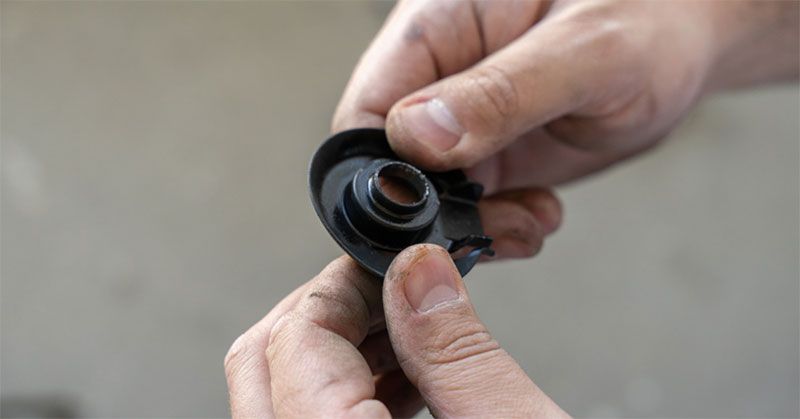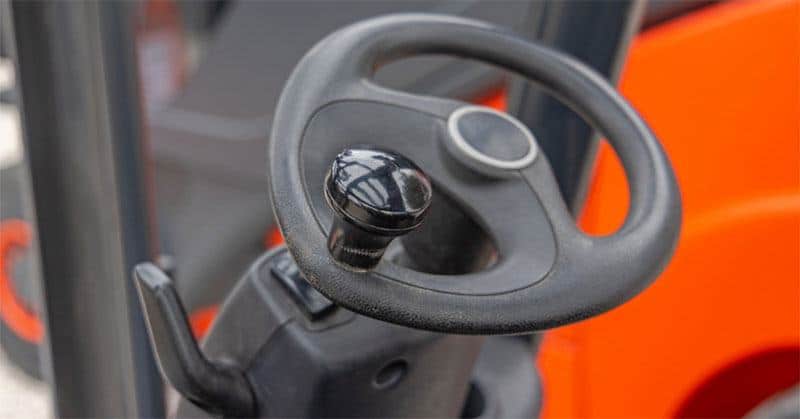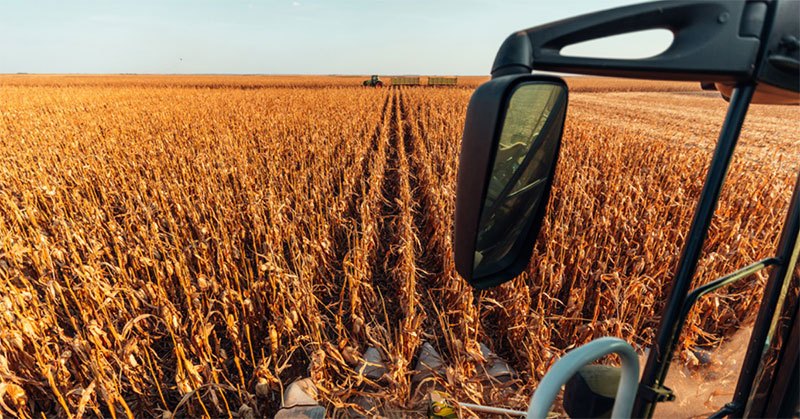What comprises the agronomic crops?
There is no unanimous agreement, but there is wide support that the species in each of the following plant groupings belong to the domain of agronomy:
- cereal or grain crops;
- grain legumes or pulses and oilseed crops for food, feed, or industrial use;
- pasture and forage crops;
- fiber crops;
- sugar crops;
- and starchy root and tuber crops.
From the different divisions or branches of horticulture, the horticultural crops consist of the olericultural or vegetable crops, pomological or fruit crops and edible nuts, floricultural and other ornamental crops, and nursery crops.
In addition, the aromatic crops and the medicinal crops are generally included.
The ornamental crops are further grouped into flowering and foliage plants which are grown for special purposes such as for cutflowers, potted plants, landscaping, interior decoration, or floral arrangement.



